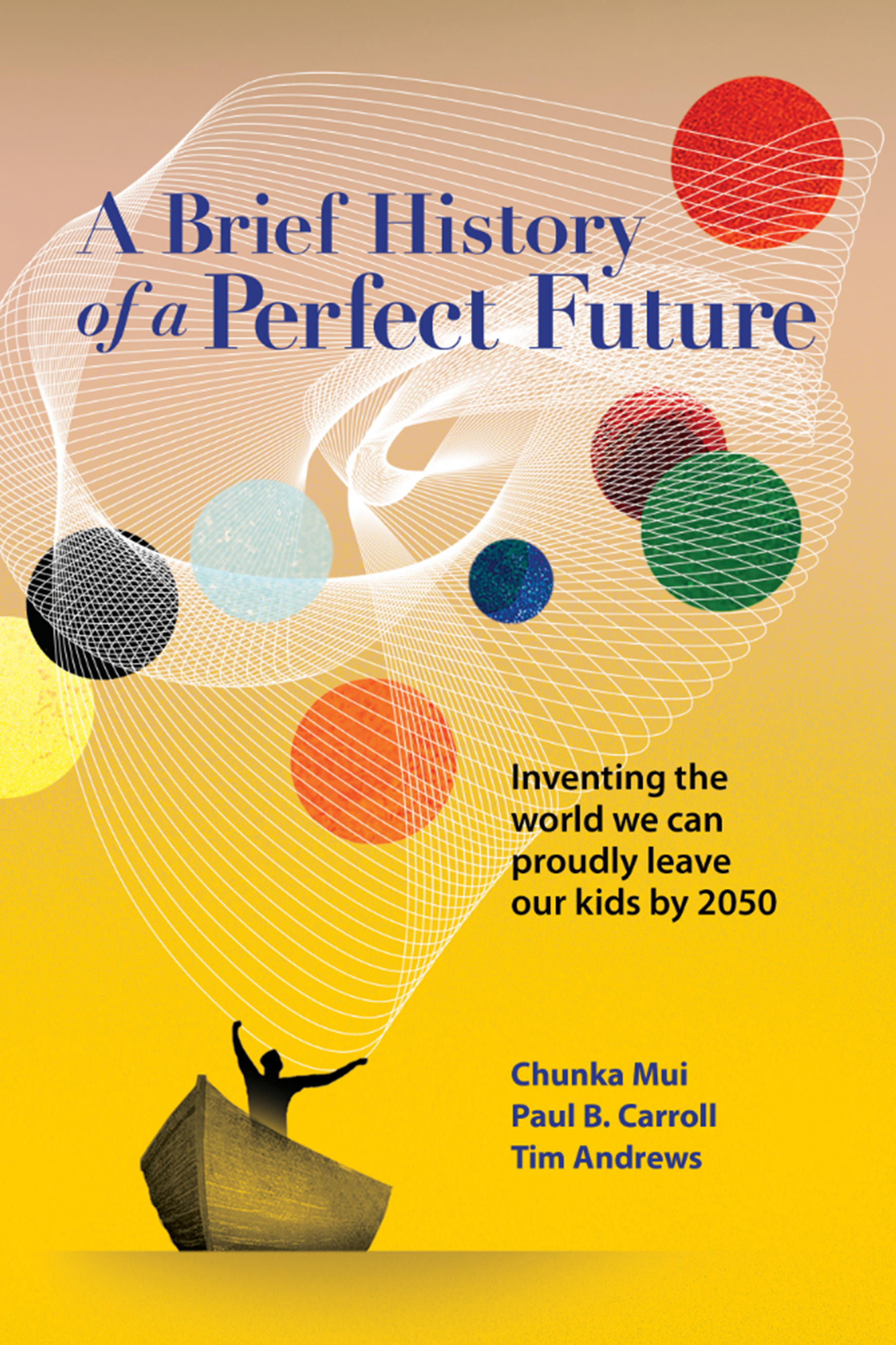
I first met Chunka Mui in 2017 after reading his book titled The New Killer Apps. I then had the pleasure of working with him on a thought leadership course, where he contributed to a panel discussion on driverless cars. Post course, he participated in a related Driverless Car Interview which you can view below.
In the fall of last year, Chunka contributed to another book titled A Brief History of a Perfect Future with co-authors Paul Carroll and Tim Andrews. The book is fascinating on several levels. It’s effective use of storytelling helps us envision the world of 2050. Its broad view will resonate with a broad segment of leaders, as it covers a future view of computing, communication, information, genomics, energy, water, transportation, healthcare, climate change, and trust.
Continue reading

 However, the advent of the internet and artificial intelligence unlocked a whole new field of progress in the auto industry.
However, the advent of the internet and artificial intelligence unlocked a whole new field of progress in the auto industry.